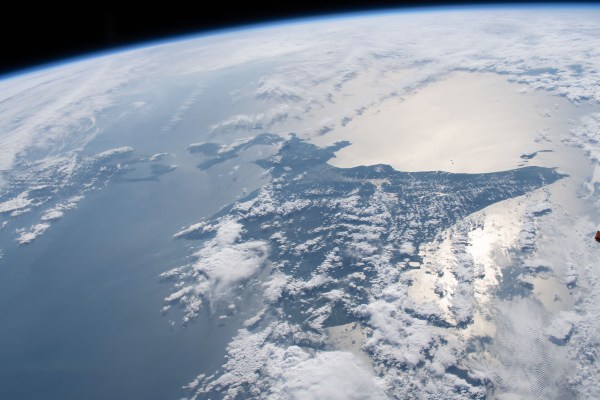Roughly 4.6 billion years ago, Earth would gain its first atmosphere, yet this was an atmosphere that was completely unlike the atmosphere we know today. Today’s oxygen-rich atmosphere we’re familiar with didn’t form until the Proterozoic, between 2,500 and 541 million years ago, when oxygen-producing bacteria killed off much of the previously thriving life from the preceding Archean.
This, along with studies of massive insects such as the 75 cm wingspan Meganeuropsis permiana dragonflies from the Permian, and reconstructed temperature, oxygen, and carbon dioxide levels via paleoclimatology show periods during which Earth’s atmosphere and accompanying climate would be unrecognizable to us humans.
Human history covers only a minuscule fraction of Earth’s history during arguably one of the latter’s coolest, least eventful periods, and yet anthropogenic (man-made) climate change now threatens to rapidly change this. But wait, how do we know what the climate was like over such vast time scales? Let’s take a look into how we managed to reconstruct the Earth’s ancient climate, and what these findings mean for our prospects as a species today.












